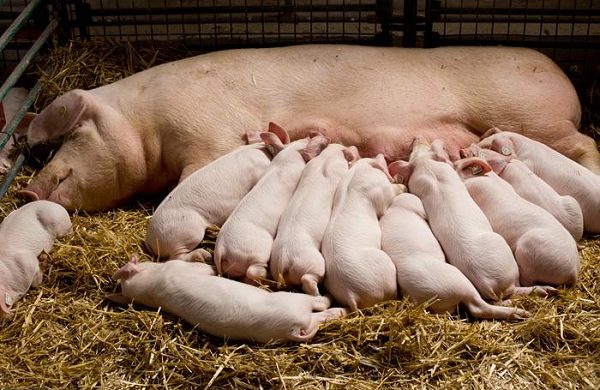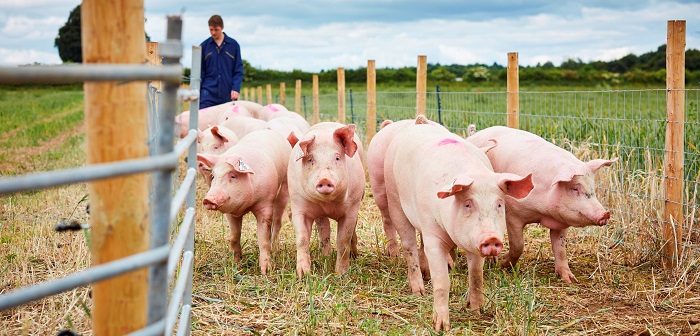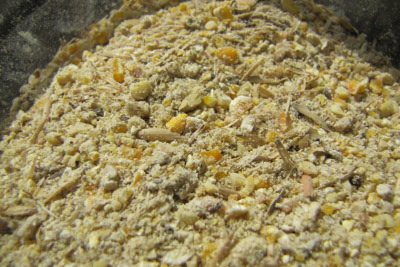Everything you need to know to start a small scale pig farming business – Pig Farming – The complete guide for the beginner
Pig farming is a truly enjoyable business. Every pig has their own personality and pigs are rated to be some of the smartest animals and can even outsmart dogs.
Steps to take to start a pig farming business.
- Get Land for the amount of pigs you want to farm with
- Pre-arrange and plan on getting feed
- Have a Market Strategy
- Plan the housing of your pigs
Get Land and make sure your pigs are comfortable
Pigs farming does not require a lot of space but be that your pigs are comfortable. Too much space will make your pigs run around a lot and they are curios creatures so expect them to dig and search for things to chew on. This will lead into weigh-loss and they are surely going to take longer to reach market weight.
Pigs do not get lonely like other animals but they do require some space to move around, lie in the sun or even a waterhole as they love a muddy bath that protects them from scorching hot summer sun.
If you don’t own land you can rent or in most cases farmers accept a barter deal to give you land. This is a popular way for upcoming famers to get hold of land. You trade land for some of your piglets or grown pigs and in return you don’t pay rent for land.

Get your plan in action on how to get food for your pigs
The hardest part of pig farming is getting feed at the right price. Many upcoming pig farmers make the mistake to get food from supermarkets in the form of expired or unusable vegetables and fruit. This is a great way of getting minerals into the pigs but most veggies and fruit are extremely low in protein. Pigs need at least 19% to 22% of protein value in their daily meals.
Protein feeds like barley, wheat and oats is easy accessible from agricultural stores but is very expensive. Depending on the area where you live pig feed prices can change dramatically as most inland agricultural stores has a hefty fuel charge on their feeds.
You need to plan how and where you can get pig feed before you start farming. This is vital to the success of your pig farming business.
Read the following article Food Types that will help grow your pigs faster to understand what proteins pigs really need. If you are going to farm with free range pigs you can read about Saving Cost on Pig Feed. This method has saved us a lot of money on feed and our pigs are truly healthy and happy.
Have a Market Strategy
Plan ahead on how you are going to sell your pigs. This will help you set your goals on how to sell your pigs. You can also plan on how to grow your business if you have a market strategy. There are many profitable ways to sell pigs and we have put together an article on how to sell your pigs and still make a decent profit.
Read this article on how to sell your pigs and still make profit
Plan your Housing for the pigs
Pigs are smart animals and they don’t want to be cooped up. They will dig holes under wooden and wire fences. Make sure that your fencing is secured and that no pig can escape. Brick walls build on a foundation is the best way to go. You can have a cement slab as flooring but keep in mind that pigs will need an dose of iron to keep their immune system strong.
Your housing or coops should have an dry area where your pigs can take shelter from windy rainy and hot days. Try to build your coops so that the North Western wind or South Eastern wind does not blow into the entrance. This will ensure that your coops has less rain water blown in by the wind when it rains.
Learn from mistakes.
As a beginner or veteran pig farmer mistakes will happen. Speak to other pig farmers and ask them advise on how to avoid mistakes. This is probably the best step a beginner farmer can do.
Read this important article about Mistakes pig farmers make
We have put together a compilation of topics on this website that can help you with pig farming. Please read them to make sure that you understand on how to get the best from your pig farming business.
These Shortlist Topics will help you guide through your Pig Planning
- Raising Pigs a guide for beginner pig farmers
- The best pigs to farm with
- Production Cycle when farming with pigs
- Housing Farrowing and Welfare of pigs
- How to weight your pigs by only using a rope
- How to load your pigs on a trailer
- Transport Permit
- How to make your own Feed
- What is the difference between a Landrace and a Large White
YouTube Channel: Farming South Africa
Facebook Page: Farming Life
Back To Home Page: Farming South Africa
Tags: pig farming, beginners guide to pig farming, pig farming South Africa, how to start pig farming, what you need to know about pig farming, steps to take before farming with pigs










